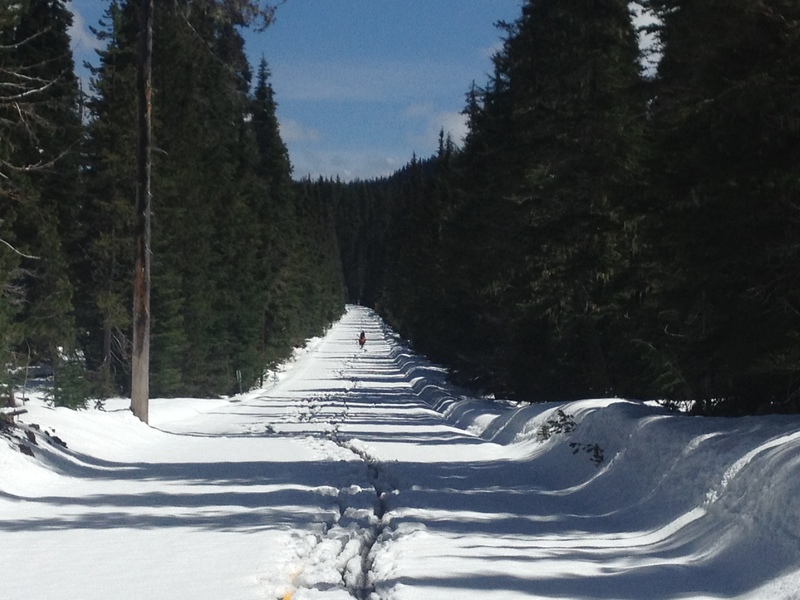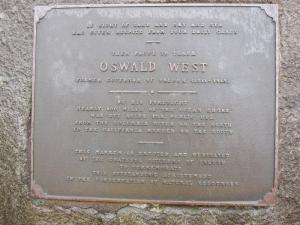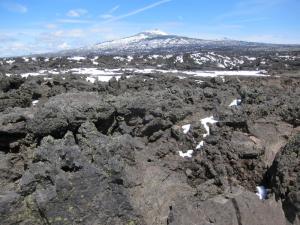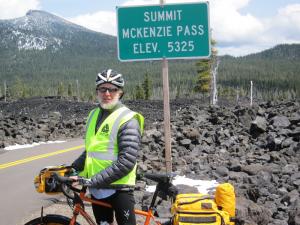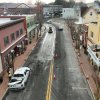Oregon’s coast, Delaware’s coast: lots to be proud of
On this bicycling across America adventure that I’m calling Sea to Shining Sea, my goal is to relate much of what I see to the Cape Gazette’s readers. It’s all about relevance. I know I can only keep so much interest in a “what I did on my vacation” approach. But it is a small world, and it’s not hard to find connections to Sussex County all across this huge country.
We were reminded of that on the first day of our journey which took us from Astoria, Oregon, down the coast to Cannon Beach. There, in the bright sunshine outside a tourist information center, Becky fell into conversation with a friendly man interested in our adventure. When she mentioned Delaware, he quickly told her that his daughter and her husband, Angie and Tim Hawn, live in Sussex County. “Tim’s brewmaster for an outfit called Dogfish Head,” said Marion Nemia. “He used to work for Miller Brewing Company but decided he’d rather be with Dogfish.”
Marion lives in Spanaway, Washington, and was doing some coastal touring with his brother, Paul, visiting from Houston. That’s Houston as in Texas, not Delaware.
So that’s the way it goes. Connecting the dots is what I’m trying to do.
On a dramatic overlook with a view of the Oregon coast in Oswald West State Park, I read a bronze plaque cemented into some rocks. It immediately made me think of the Sussex coast. It reads:
“If sight of sand and sea and sky has given you respite from your daily cares, then pause to thank Oswald West, former governor of Oregon (1911-1915). By his foresight, nearly 400 miles of the ocean shore was set aside for public use, from the Columbia River on the north to the California border on the south. This marker is erected and dedicated by the grateful citizens of Oregon to commemorate this outstanding achievement in the conservation of natural resources.”
Many decades ago, equally far-sighted and conservation-minded people in Delaware made sure that the greatest amount of our ocean coastline was also preserved for public use. If you consider the beaches of Cape Henlopen State Park, Rehoboth Beach, Dewey Beach, Delaware Seashore State Park, Bethany Beach, Fenwick Island State Park and Fenwick Island, well more than three quarters of the Sussex coast is public. That has given all of the people access to a tremendous outdoor recreation resource and has also added immeasurably to the property values of all of Sussex. Delaware can be just as proud of its achievement as the Oregonians are of theirs.
The journey continues
This column is being written in the Center City Motel of beautiful downtown Prineville in central Oregon. $55 and clean as a whistle. This is high-country desert, with lots of sage brush and Ponderosa pine. They get less than 20 inches of rain here each year compared to 100 inches just 50 or so miles west of here on the other side of the Cascades.
We passed our first big test on Saturday of Memorial Day weekend when we made it over the McKenzie Pass at 5,234 feet. It snowed a foot there a week ago and the scenic route - 242 - over the pass won’t be open until mid-June. Oregon’s Department of Transportation closes that route with snow gates in early winter and does no plowing. No motor vehicles are allowed on the road, but cyclists and hikers can use it. At the upper altitudes, we found the road covered in about five inches of snow. It was melting, but it was still a slog. We pedaled most of the time, walked some of the time, but finally made it to the pass averaging about six miles per hour. The Cascades have several volcanoes - remember Mt. St. Helens - and McKenzie Pass is surrounded by a huge, barren lava field. From that point we descended 1,500 feet very quickly toward the east - sometimes 30 miles per hour - and covered the 15 miles to Sisters on the dry side of the Cascades in real short order. Sunny and dry. But it didn’t last. Seems like the rain has followed us all the way from the coast.














